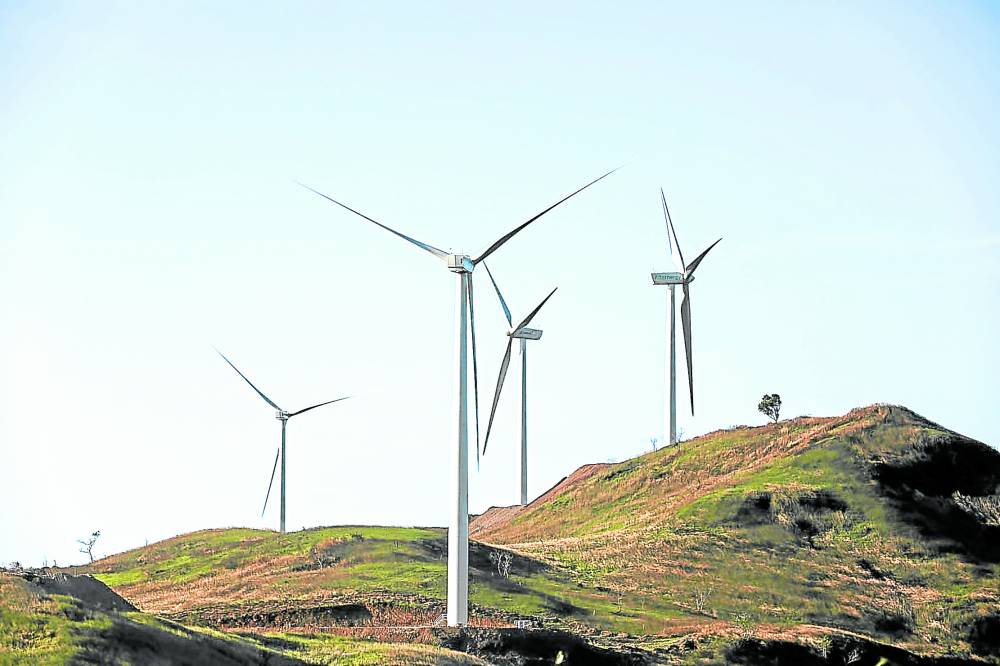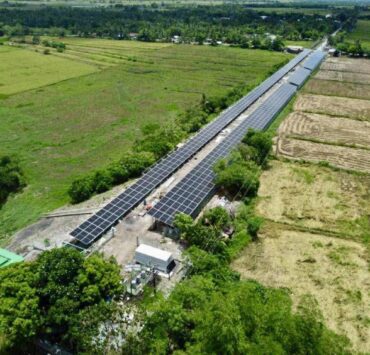Clean energy: Where are we at?

Fossil fuels such as coal, oil, and gas, are by far the largest contributor to global climate change. At present, these fossil fuels account for over 75 percent of global greenhouse gas emissions and nearly 90 percent of all carbon dioxide emissions.
To avoid the worst impacts of climate change, scientists and policymakers have set the goal that emissions need to be reduced by almost half by 2030 and reach net-zero by 2050.
Governments and the private sector worldwide have mobilized for years now to end the global reliance on fossil fuels and invest in alternative sources of energy that are clean, accessible, affordable, sustainable, and reliable.
But as of 2025, fossil fuels still account for more than 80 percent of global energy production, though cleaner sources of energy are gaining ground.
About 29 percent of electricity currently comes from renewable sources like the sun, wind, water, waste, and heat from the Earth. The world has also seen a significant increase in renewable energy capacity in recent years.
Fastest-growing source
Renewable energy is the fastest-growing energy source today, and it is projected to surpass coal as the primary electricity source in 2025.
However, achieving global targets demands substantially increasing clean-energy investments, particularly in developing economies.
Meeting global climate targets and net-zero emission warrants the rapid deployment of renewable energy across all sectors and more significant improvements in energy efficiency.
Achieving universal access by 2030 requires accelerating electrification to 1.2 percent annually. Unfortunately, current trends indicate that in 2030, 645 million people will remain without power.
According to the United Nations (UN), addressing this challenge will require sustained political commitment and additional funding to scale up the adoption of distributed renewable-energy technologies and business models. Off-grid solar solutions present the most cost-effective pathway for this, and the technology may potentially bring electricity to 389 million people.
Increasing share
UN data show that the share of renewable energy in the world’s total final energy consumption increased from 15.6 percent in 2015 to 17.9 percent in 2022, with modern renewables (excluding traditional biomass) increasing from 10 to 13 percent.
The electricity sector led the growth, with renewables comprising 30 percent of the 2022 global electricity consumption.
Hydropower remained the predominant renewable electricity source, while wind and solar demonstrated the largest absolute growth, tripling their combined consumption in 2022 compared to 2015.
Renewable sources accounted for around 21 percent of global energy use for heat, with almost half from traditional biomass.
A sector that needs significant improvement is the transport sector, where only 4 percent of consumption was from renewables, nearly 90 percent of that from biofuels.
Global renewable energy capacity per capita hit a record 478 watts in 2023, up 13 percent from 2022, with developed countries reaching 1,162 watts and developing countries reaching 341 watts.
While developing countries showed stronger growth at 17 percent, compared with 8.1 per cent in developed countries, significant expansion of modern energy infrastructure and technology remains necessary in developing countries.
Global support
In 2023, international public financial flows supporting clean energy in developing countries rose to $21.6 billion, a 27 percent increase from 2022.
And yet, despite three years of growth, this remains below the 2016 peak of $28.4 billion and primarily benefits major developing economies, according to the UN. Support also falls far short of actual needs, especially for least developed countries, landlocked developing countries, and small island developing states.
Experts have pointed out that renewable energy actually is the cheapest power option in most parts of the world today.
Prices for renewable energy technologies are dropping rapidly. The cost of electricity from solar power fell by 85 percent between 2010 and 2020. Costs of onshore and offshore wind energy fell by 56 percent and 48 percent, respectively.
Falling prices make renewable energy more attractive all around, including to low- and middle-income countries where most of the additional demand for new electricity will come from. Cheap electricity from renewable sources could provide 65 percent of the world’s total electricity supply by 2030. It could decarbonize 90 percent of the power sector by 2050, massively cutting carbon emissions and helping to mitigate climate change.
The challenge is expanding the accessibility of renewable energy. With falling costs, there is a real opportunity for much of the new power supply over the coming years to be provided by low-carbon sources.
More jobs
Investing in renewable energy also creates economic opportunities and generates jobs. Every dollar of investment in renewables creates three times more jobs than in the fossil fuel industry, said the UN.
The International Energy Agency estimates that the transition toward net-zero emissions will lead to an overall increase in energy sector jobs. While about 5 million jobs in fossil fuel production could be lost by 2030, an estimated 14 million new jobs would be created in clean energy, resulting in a net gain of 9 million jobs.
In addition, energy-related industries would require a further 16 million workers, for instance to take on new roles in manufacturing of electric vehicles and hyper-efficient appliances or in innovative technologies such as hydrogen. This means that a total of more than 30 million jobs could be created in clean energy, efficiency, and low-emissions technologies by 2030.
What remains to be seen now is the level of commitment governments and private organizations will continue to take in pursuing renewable energy. Raising renewable energy deployment targets, implementing stronger policy actions across all end-use sectors, and expanding support to developing countries are necessary in ensuring a world with easy access to affordable, reliable, sustainable, and modern energy for all.





















